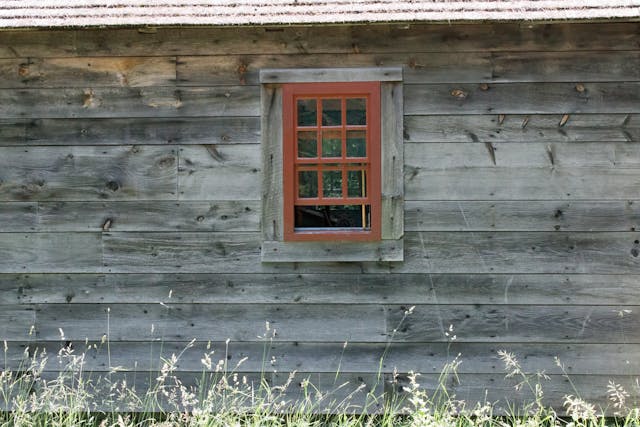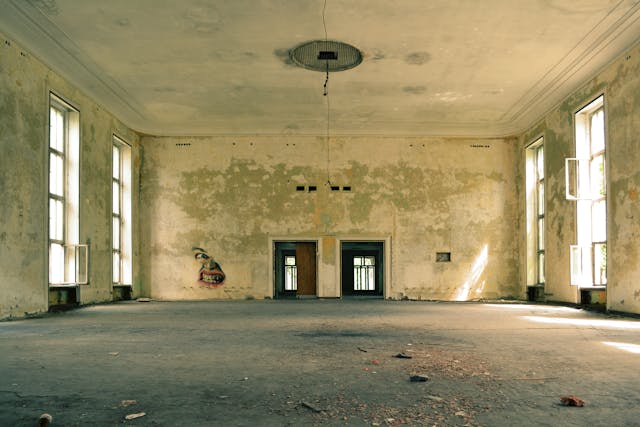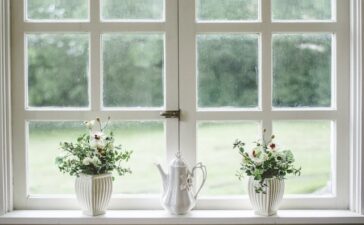Rising damp might seem like a quiet intruder, slowly creeping up the walls of your home and ruining both the structure and the ambiance. You’re not the only one who has seen ugly stains, peeling paint, or a musty smell in your home. This is a problem that many homeowners throughout the world have to deal with.
But don’t worry—learning about the subtleties of rising damp is the first step towards getting your home back from it. It’s important to find practical ways to keep your home safe and comfortable, whether you’re an experienced DIYer or just starting out with home maintenance. Let’s talk about what rising damp truly means and how to deal with it directly.
Why It’s Important to Find the Right Solution
It’s really important to find the correct way to deal with growing dampness. Making the wrong option might cause more damage and cost more money in the long run.
A one-size-fits-all strategy doesn’t work very often because every property is different. Identifying specific demands makes sure you deal with the real problem in the right way.
Also, choosing the right procedure has an effect on health and safety in the long run. Mould can form in damp areas, which can be bad for your lungs.
A good combined rising damp solutions will not only safeguard your investment, but it will also make your home more comfortable. A dry home is more comfortable and costs less to heat and cool.
Talking to specialists can help you choose the best combination of rising damp solutions from a wide range of possibilities. Their experience can help you find the ideal solution for your circumstance, which will save you time and stress and make sure the results last.

Different Kinds of Solutions for Combined Rising Damp
There are many ways to deal with growing damp, and each one is better for a distinct need and budget.
Chemical damp-proofing injections are a common choice. This procedure makes a barrier that stops moisture from moving up through walls. It’s pretty quick and doesn’t hurt much.
Another option to think about is physical boundaries. A new damp-proof course (DPC) can efficiently stop moisture at its source. This usually means putting a waterproof membrane into the wall construction.
In very bad cases, retrofitting may be needed. This strategy frequently uses a mix of traditional therapies and newer ones, like drainage systems or better ventilation.
Don’t forget to use natural drying methods. With the right amount of air flow and heat, evaporation can happen, letting contained liquid escape over time without causing major changes to the structure.

Things to Think About When Picking a Solution
There are a number of things to think about while choosing the best solution for rising damp. The first thing to think about is how bad the problem is. Figuring just how bad the moisture is will help you find the best remedies for your unique scenario.
Next, think about what kind of property you own. Because older structures were built with different materials and foundations, they may need different treatments than newer buildings. Also, check to see if you’re working with brick or stone walls. This might have a big effect on which approaches work best.
Your budget is also a very important part of your decision-making process. Different solutions come with different costs, not just for installation but also for possible future maintenance. So, before you make a decision, you need to know how much it will cost in the short term and how it will affect your finances in the long term.
Another thing to think about is how much time and effort it will take to put into action. Some treatments require a lot of work that could get in the way of your everyday life, while others are easier and faster to set up.
Don’t forget to get professional help! Getting advice from an expert can help clear up any questions you have about whether something will work or fit in with the specific conditions in your location.
Taking all of these things into account will help you make a smart choice that will fix increasing damp without breaking the bank or interfering with your daily life.





